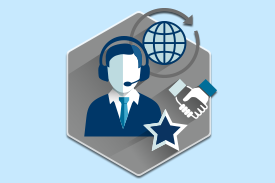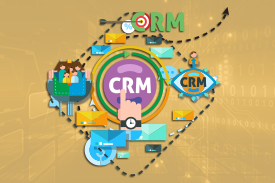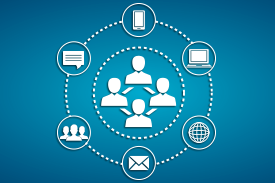Call center are the busiest department of any organization dealing with unexpected scenarios but 2020 has taken this to entirely new level. Remote work has emerged a new trend in 2020. Almost all the organizations are forced to shift to remote working.
Pandemic has impacted contact centers in many ways including remote work shifts and requisite operational changes, all while managing changing agent and consumer behaviors.
As we transition into 2021, call centers would be wise to leverage artificial intelligence, which takes control of real-time data to get ahead of unpredictable scenarios and ensure seamless customer experiences. With call center conditions constantly changing, companies must turn to AI-powered technology to optimize their operations.
Workforce planning is both an art and a science. Workforce managers leverage the science of historical call center data to generate forecasts and create schedules, then layer on the art of experience to refine and optimize plans. Still, a variety of circumstances can yield negative impacts for call centers that are difficult to foresee.
A wildly successful marketing campaign launched without communicating with the contact center can create a situation where agents learn about promotions from customers, leaving them unprepared and unable to assist effectively.
Humans often make decisions based on their emotions or previous experiences, rather than on logic. Both agent and customer’s behavior factor into the unpredictable nature of a call center. Managers cannot predict when agents will be late or absent, and consumer behavior has always been a variable in the staffing equation.
Gone are the days where managers are sitting in bays with agents, and a simple hand raise or frustrated face from an agent could be acted upon. With remote working managers have less visibility and cannot rely on physical cues to determine whether agents are struggling.
Consumer behavior is impossible to forecast with one hundred percent accuracy. Consumers choose when to call – often while trying to find the fastest path to resolution. They may reach out via chat while waiting to speak to a live agent, and post to social media when placed on hold. Often, their outreach is triggered by external events, but behaviors are unique to individual consumers and what kind of day they’re having, mood, or level of frustration.
The only way to ensure success in the face of unexpected scenarios is to act in the moment. Sometimes even the best plan isn’t enough and other times, a situation arises entirely out of the blue. Regardless, call centers must rely on data and technology to adapt operations appropriately.
An intelligent assistant may be one tool that can help. It can automate actions based on real-time data flowing through the call center. This includes making staffing changes depending on call volume, offering struggling agents assistance or wellness breaks and scheduling training and coaching sessions to ensure agents are engaged and prepared for any scenarios thrown their way—all without sacrificing service levels.
An intelligent assistant, powered by AI, that leverages the power of real-time data can help call centers avoid being ill-prepared in unexpected situations. It can serve as a safety net when the plan isn’t enough. This leads to smarter staffing decisions, higher agent engagement, lower attrition and better customer experiences - all factors driving value to the bottom line.








